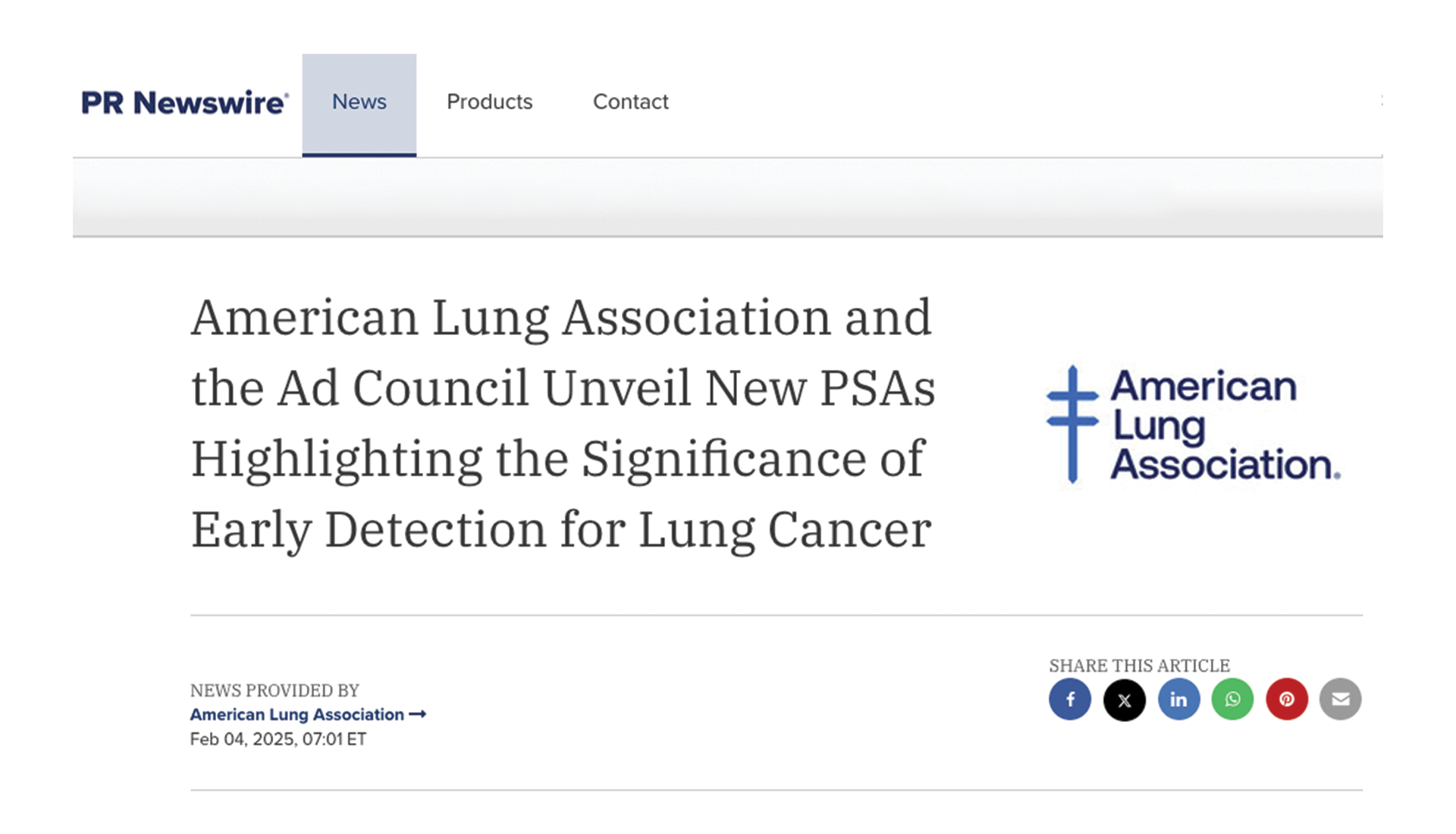What Do Marketers Get Wrong About Gen Z? Our Very Own Gen Z Marketers Weigh In
July 18, 2024
As marketers, these are the tropes and mistakes we see brands making every day
By Sarah Khan, Strategist, and Jacqueline Dieker, Associate Art Director, Hill Holliday
Through our endless scrolling from one viral video to the next, it’s common to come across a brand trying to hop on the bandwagon of a popular trend. As you naturally venture to the comment section, curious to see if other people had the same feeling of cringe that you did, sure enough, there’s unanimous agreement: the brand missed the mark.
When it comes to reaching Gen Z, advertisers and marketers often get lost in misconceptions and stereotypes. In addition to having a close pulse on this endlessly buzzed-about generation, we work as strategists and creatives in the advertising industry, so we have a dual lens through which we see how brands struggle to connect with us.
It’s not that brands don’t grasp Gen Z’s impact; it’s that they tend to oversimplify and buy into a series of misleading myths that, too often, cause their marketing to fall flat.
Here are some of the biggest misconceptions marketers have about Gen Z – and the reality behind them:
Myth 1: Gen Z Is Out of Touch With Reality
Myth: Gen Z doesn’t comprehend the gravity of real-world challenges.
Truth: The world is challenging, and Gen Z knows that well. Gen Z cares about serious subject matters; but also takes an intentionally unserious tone to it without diminishing the meaning.
An example of this approach is the Smokey the Bear feed on Instagram, which uses humor and sarcasm to remind campers to extinguish fires before leaving. By infusing some levity, the campaign captures Gen Z’s attention while addressing a crucial issue. Similarly, the Ad Council’s campaign related to drug-impaired driving prevention, “Not Camping Day,” targets young adult audiences with light humor, acknowledging their rejection of common stereotypes of marijuana users and effectively resonating with Gen Z’s sensibilities.
Myth 2: Gen Z Wants Extraordinary Visuals
Myth: Visuals don’t have to be hyper-produced or conform to a perfect aesthetic for Gen Z to appreciate them.
Truth: Attention can be captured by visually reflecting what Gen Z interacts with daily in a more low-fidelity manner.
For instance, a simple yet extremely effective marketing strategy is to use screenshots of notes, exchanges with ChatGPT or social media posts. Some brands that use this technique effectively include the U.S. Fish and Wildlife Service talking about frogs and Leap Year and Sesame Street highlighting messages from Grover or Rosita.
Gen Z is also the number-one producers of user-generated content (UGC), on TikTok and beyond, which is the antithesis of traditionally cinematic visuals. If there’s a common thread in the media we seek and consume, it’s that we crave authenticity above all.
Myth 3: Memes Don’t Work for Gen Z
Myth: Gen Z thinks memes are for Millennials.
Truth: Gen Z embraces irony and personality, including appreciating well-executed memes. While memes are traditionally associated with Millennials, we see them differently, valuing their short-lived and rapidly changing nature. This reflects our quick embrace of what’s trending in pop culture and social media, showcasing Gen Z’s unique perspective on humor and cultural references.
One noteworthy approach is Panera Bread’s culturally relevant social campaigns. By leveraging viral TikTok trends, such as the Roman Empire menu, and partnering with popular creators on the platform, Panera Bread has effectively tapped into Gen Z’s affinity for irony and pop-culture references. Other brands like Chipotle, Burger King and Merriam-Webster have successfully utilized humor to transform tense or potentially negative moments into positive interactions, which, again, aligns with our preference for authenticity and relatable content.
Myth 4: Gen Z Is Glued to Their Screens
Myth: Gen Z is only concerned with devices.
Truth: We value in-person interactions and seek to seamlessly integrate them with digital engagement. This presents a unique opportunity for brands and agencies to bridge the gap between in-person and digital realms in their marketing strategies. For example, planning picture-worthy moments can amplify the impact of experiential events by harnessing UGC.
But proceed with caution. February’s immersive pop-up event featuring Victoria Paris x Fragille strongly resonated with Gen Z fans who sought an in-person experience – and an opportunity to purchase something from the jewelry line – however it also showed that pop-ups have to be done right. In-person events that are not well-executed will quickly be called out by Gen Z on social media.
To Reach Gen Z, See Them For Who They Actually Are
To really connect with Gen Z, you’ve got to let go of the myths and see us for who we actually are. When you start to see us clearly, you’ll also see success, because messaging that truly resonates will build engagement and win our loyalty.
For more about Hill Holliday’s people, work, and culture, visit
https://advertisingweek.com/what-do-marketers-get-wrong-about-gen-z-gen-z-marketers-weigh-in/
Related Articles
All News
A Billboard Saved Me from Dying from Lung Cancer — Before I Even Had Symptoms (Exclusive)
Read Now
American Lung Association and the Ad Council Unveil New PSAs Highlighting the Significance of Early Detection for Lung Cancer
Read Now
How Healthcare Brands Can Help Bridge the Gap Between Misinformation Online and Proven Clinical Data
Read Now
Hill Holliday Decision Science Partners with Marketing Intelligence Leader Funnel for Faster, More Effective Data-Driven Growth
Read NowGet in Touch
For new business partnership inquiries, press questions, and more contact us at Joseph.Bailey@hhcc.com
Let's Go